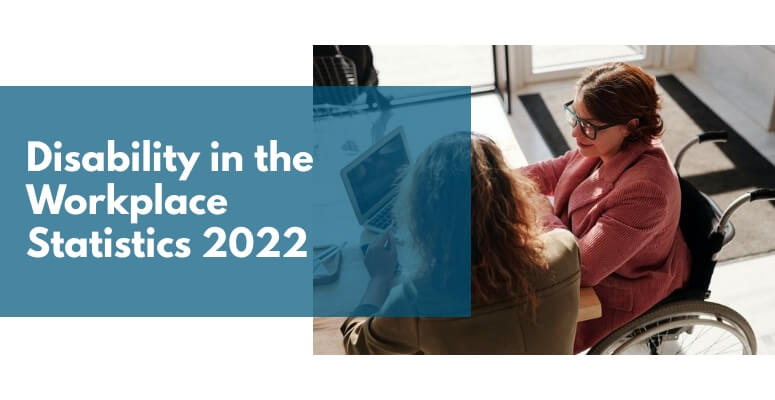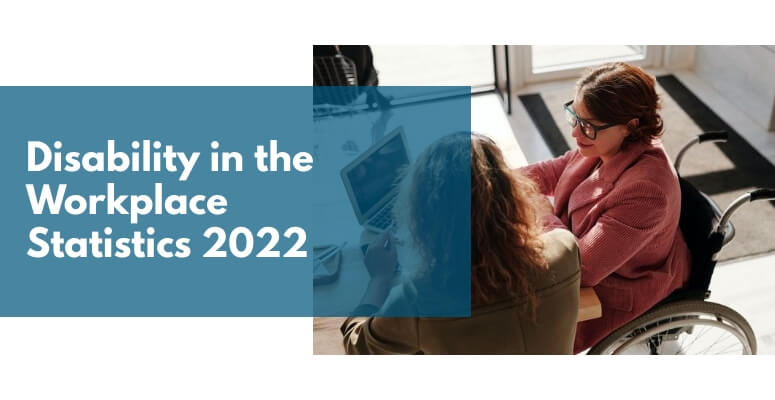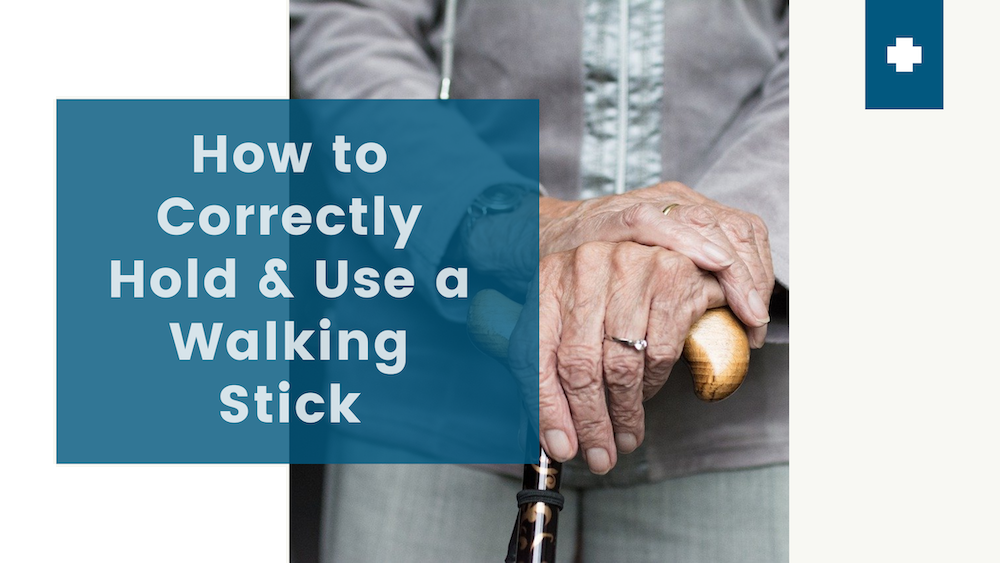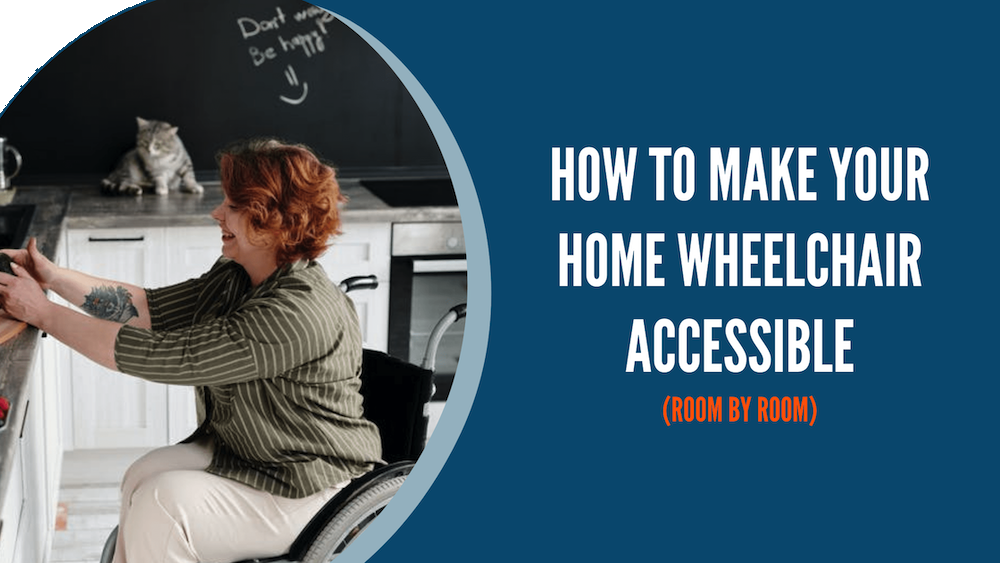Approaches to disability in the workplace have come a long way in recent years as more employers now understand the value of creating equal and diverse working environments. With studies finding that diverse workplaces outperform others, it’s not surprising that more businesses are making inclusion a priority.
However, there is still a long way to go before we reach an equal playing field. While it shouldn’t be the goal to have every disabled person in work and accommodations for those who are not economically active are still essential, those who can and want to work need vital support to give them the opportunities afforded to non-disabled workers.
From how industries display their support for disabled workers to the reality of employment for disabled people, these UK disability statistics reveal the best and the worst of workplace disability progress.
The industries prioritising disability accommodation
There are 20,000 businesses signed up to Disability Confident
Businesses can demonstrate their commitment to supporting disabled workers through a number of schemes. One of the most popular of these schemes is Disability Confident. The initiative provides businesses with strategies to make their working environment more accessible to people with a variety of disabilities.
What is Disability Confident?
Disability Confident is an initiative that encourages employers to demonstrate their commitment to disability inclusion, with three levels for employers to progress through. The scheme is used by over 20,000 businesses from a range of industries, including the public sector, financial services and the arts.
Top 10 sectors for disabled workers
| Sector | Total Businesses | Committed | Employer | Leader |
| Public sector | 1095 | 34.89% | 54.98% | 10.14% |
| Administration | 261 | 70.88% | 26.44% | 2.68% |
| Energy, utilities or environment | 144 | 79.86% | 17.36% | 2.78% |
| Voluntary, charity & social enterprise | 3600 | 75.08% | 22.64% | 2.28% |
| Education or Teaching | 1910 | 69.90% | 27.96% | 2.15% |
| Financial services | 363 | 83.75% | 12.40% | 3.86% |
| Customer service | 105 | 84.76% | 11.43% | 3.81% |
| Sports & recreation | 273 | 81.32% | 16.85% | 1.83% |
| Facilities management | 298 | 82.21% | 16.44% | 1.34% |
| Health | 1005 | 82.79% | 16.02% | 1.19% |
| All Sectors | 20063 | 80.86% | 17.24% | 1.91% |
From their records, only 1.9% of employers signed up to the scheme have reached the top tier “Leader” accreditation. This represents almost 400 businesses but shows there is still a long way to go for many companies making use of the scheme.
Creating space for disabled workers
Initiatives like Disability Confident are useful for highlighting the need for specific accommodation for disabled workers, as this is often an area of diversity that is overlooked by many business leaders.
For disabled workers, discrimination can come at any time from the interview stage onwards, whether it’s insufficient accommodations being made or the one in eight disabled workers who feel their disability could affect their chance at a promotion.
Employers who sign up to schemes like Disability Confident are also showcasing themselves to disabled applicants and making them aware that the company they’re applying to takes steps to consider their specific needs and how hiring disabled workers can be a mutually supportive opportunity.
Disability statistics by occupation group
8% more non-disabled people work in managerial and professional jobs than those with disabilities
Disabled people are overrepresented in categories such as elementary professions like cleaners and packers but underrepresented in managerial and professional careers. Though there are more economically active disabled people in work, there are still vital steps to be taken to improve the distribution of people with disabilities throughout every level of employment. The UK disability employment gap is currently 28.4% In addition to the distribution of disabled people in professional careers, there is still a significant employment gap for disabled people which also varies when considering gender and ethnicity. The unemployment rate for those economically active is more than double for disabled people as it is for those with no reported ill health. Employers in all industries need to do their part to equalise the rate of unemployment for people of all abilities. The unemployment rate for disabled people has followed a similar trend to other groups but is currently higher than it has been in the past. The unemployment rate is currently 1% lower than it was at the beginning of 2021, with the rate climbing during the initial Covid pandemic lockdown period in 2020. The above graph shows the rate of unemployment of those who are economically active, revealing that 3% more disabled men are unemployed compared with disabled women. A higher percentage of men are in employment but this is likely due to the higher percentage of disabled men who are economically active. The unemployment rate for disabled people is highest in the North East at over 10% and the region also has the worst unemployment gap between those with disabilities and those without, which currently stands at 5.3%. This is followed by Scotland at 4.9% which is particularly concerning as Scotland has the second-lowest unemployment rate for non-disabled people. The unemployment gap for both Wales and the North West is 4%, followed by the West Midlands at 3.9%. Four recorded ethnicity groups have seen a rise in unemployment in the last year The disability employment gap has been consistently higher for white British people than other ethnicities. While this is currently on a downward trajectory, the rate is still more than 5% higher than the next ethnic group. Those of mixed or multiple ethnicities have seen the biggest fall in unemployment in recent years, with the rate falling by 17.6% in the last four years. People with mental illnesses, autism, epilepsy and depression are the most commonly unemployed in the UK People with neurological disabilities and mental health conditions experience the highest rates of unemployment in those who are economically active. In fact, a recent survey revealed that 50% of UK employers admitted they wouldn’t hire people with a neurodivergent condition. This reveals that the workplace is still not doing enough to accommodate neurodiverse employees, as well as those with anxiety and depression. In the same way that businesses need to pay careful attention to the needs of those with physical conditions, true disability allies must make room for professionals with a variety of conditions. Of the percentage of disabled people who are economically active, mental health conditions and neurodiversity are unemployed at the highest rate, with mental illness having the most significant gap at 15%. From the data available, physically disabled women, such as those who use wheelchairs, experience a higher rate of unemployment while men with mental illnesses, including anxiety and depression, are at a much higher disadvantage in the workplace. Research suggests that men are still less likely to seek help for mental ill health which could be contributing to their higher levels of unemployment. Across the UK, there is still a long way to go before disabled people are appropriately represented at work. While disabled people experiencing unemployment is on a downward trend, the intersections of ethnicity, location and gender highlight how this is a complex problem which will need caring and considerate solutions.Disability discrimination in the workplace - the employment gap
Unemployment rates by disability type
Workplace disability statistics by gender
How the disability employment gap differs by region
Disability employment statistics over time by ethnicity
Mental health & learning disability statistics in the workplace
Unemployment rate of disabled people by main impairment
Learning disability statistics by gender
Workplace disability statistics in the UK





